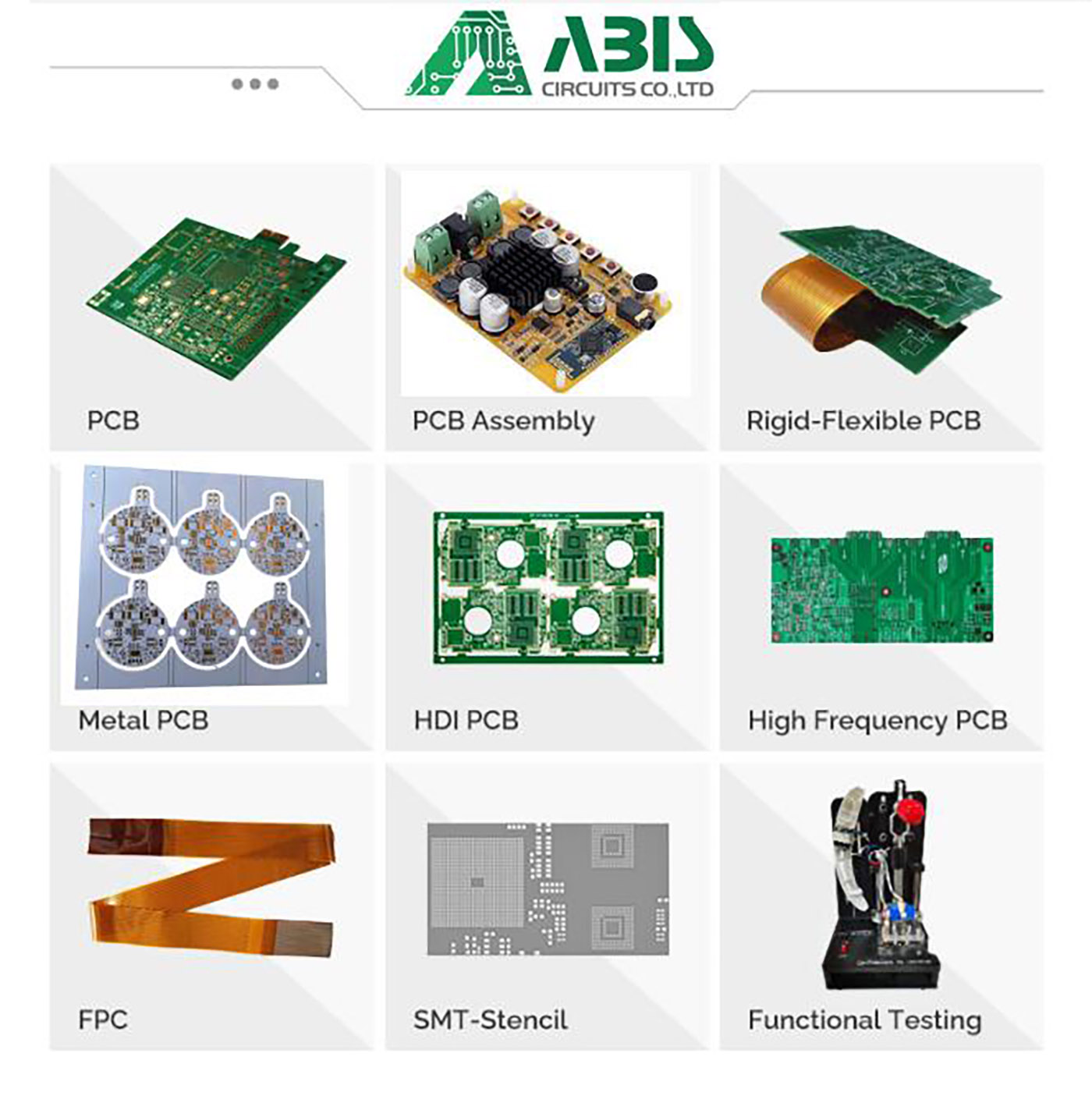PCBs or printed circuit boards are an essential part of modern electronics. PCBs are used in everything from small toys to large industrial machines. These tiny circuit boards make it possible to build complex circuits in a compact form factor. Different types of PCBs are designed for various applications. In this blog, we will discuss some commonly used PCB types. The below are all kind of PCB from ABIS Circuits.
1. single sided printed circuit board
Single-sided PCB is the most basic type of PCB. They have a single layer, made of copper traces on one side of the board and a protective layer on the other. These types of PCBs are popular in the electronics industry because they are used for simple circuits and are inexpensive to manufacture.
2. double sided printed circuit board
Double-sided PCBs are more complex than single-layer PCBs. They have copper traces on both sides of the board. The two layers are connected using vias, which are small holes drilled into the board. Double-sided PCBs are commonly used in computers, audio equipment, and power supplies.
3. multilayer board
Multilayer PCBs are more complex than single- or double-sided PCBs and have multiple layers of copper traces. The layers are insulated from each other by a dielectric material, and the layers are connected by vias. These types of PCBs are used in high-performance applications such as smartphones, tablets, and other high-tech products.
4. flexible circuit board
Flexible PCBs are made from flexible materials such as polyamide or polyester. They are so flexible that they can be bent easily without damaging the circuit board and are used in applications such as memory cards and LCD displays.
A rigid-flex PCB combines the flexibility of a flex PCB with the stability of a rigid PCB. They are made from a combination of flexible and rigid materials, making them suitable for applications requiring flexibility and stability.
There are other types of PCBs such as HDI (High Density Interconnect) PCBs, Aluminum PCBs, Ceramic PCBs, etc. Each type of PCB has its unique characteristics and is designed for a specific application.
In summary, PCBs are an essential part of the electronics industry and have revolutionized the way we live. Various types of PCBs allow for flexibility, precision, and control over circuit design, leading to technological advancements. By understanding the different PCB types, you can choose the one that best suits your application and optimize performance.
Post time: Jun-09-2023





